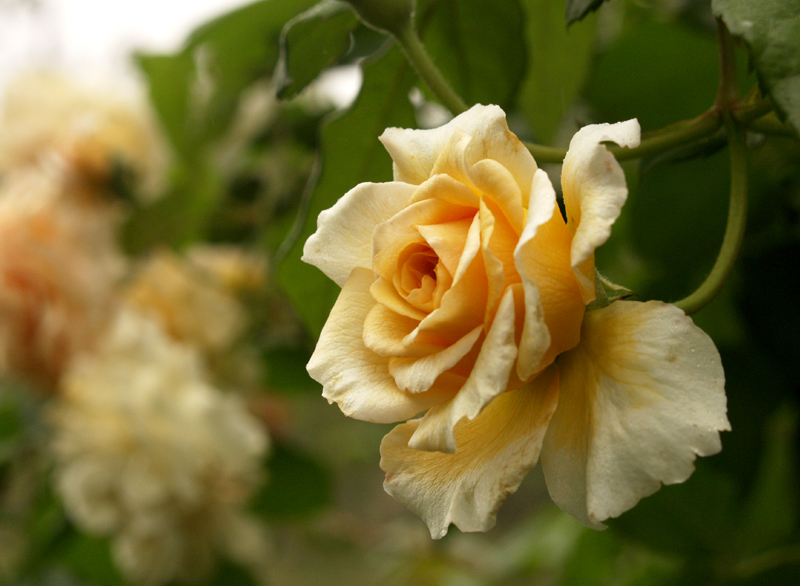November 12, 2009
Go wild, photo tips for gardeners
Our lives transform when we become gardeners. One day, we simply go out to buy a little plant to decorate the porch, or a tree to shade the backyard. Then, faster than you can say “8 cubic yards of mulch,” we’ve joined a new social network (the garden) where the password is MORE4me!

Next, we glue a camera to our hand, only releasing it when wielding a traditional garden implement.

It’s a sure sign that we’ve crossed the line when we discover creatures we’d never really noticed before: tiny insects, secretive lizards, and darting anoles. When we spot a butterfly or hummingbird on one of OUR flowers, or a bird munching a berry on a shrub we planted, we race to get a birdbath, install a pond, and hit the nurseries for more plants to add to our friend’s list.
That’s what happened to Howard Cheek, CTG’s gardener of the week. A few years ago, he didn’t even own a camera. He wasn’t a big gardener. But this year, he was The Nature Conservancy’s photo winner for Waterhole Landing.

On our visit to Kempner with Howard and his wife Mary, you’ll see how creating a certified wildlife backyard habitat changed their lives, and brought the “talent” up close.

Howard shares a few of his photo tips for gardeners, including the secret behind this one.

This week, Tom and Alice Nance show how easy (and rewarding) it is to become a certified wildlife backyard habitat.

In my garden, I planted these Dianella (variegated flax lily) to contrast the Salvia guaranitica that attracts wildlife with late spring and fall flowers. Prune herbaceous salvias like this one after their first bloom cycle, and again in late August to renew flowers for hungry fall insects. In a few weeks (maybe?), they’ll freeze to the ground. Cut them back, and they’ll soon quickly be back on the job. I like the way this one passalong plant from my Dad’s friend Andy has made a nice thicket.

Salvia microphylla ‘Hot Lips’ is evergreen, but in my garden, it’s just now gearing up again to fill a few mouths. Like Howard’s, it attracts hummingbirds, too.

My groundcover in semi-shade, Wedelia trilobata, will rest this winter, but the oxalis beyond (along with other winter bloomers, seeds, and berries) will keep the wildlife gravy train on track.

A progressive garden dinner makes for the best design, since we never lack for something interesting to watch. So keep those camera batteries charged up!
Remember, you can now watch CTG anytime, anywhere on klru.tv.
Until next week, Linda

